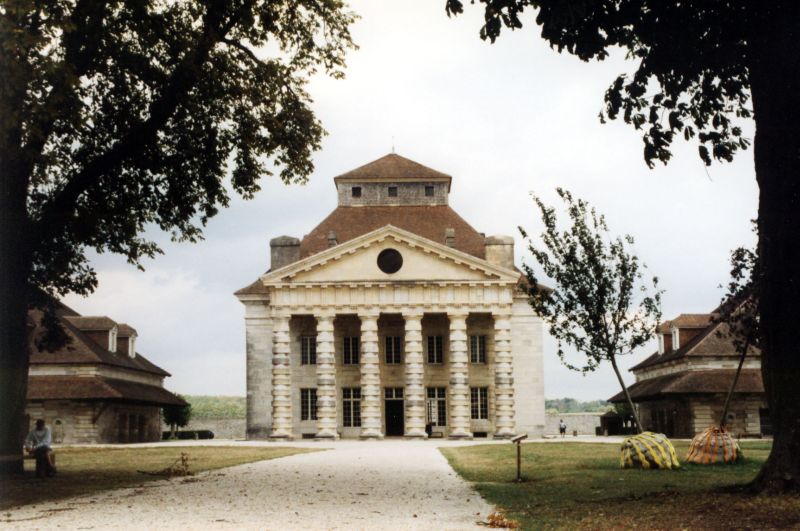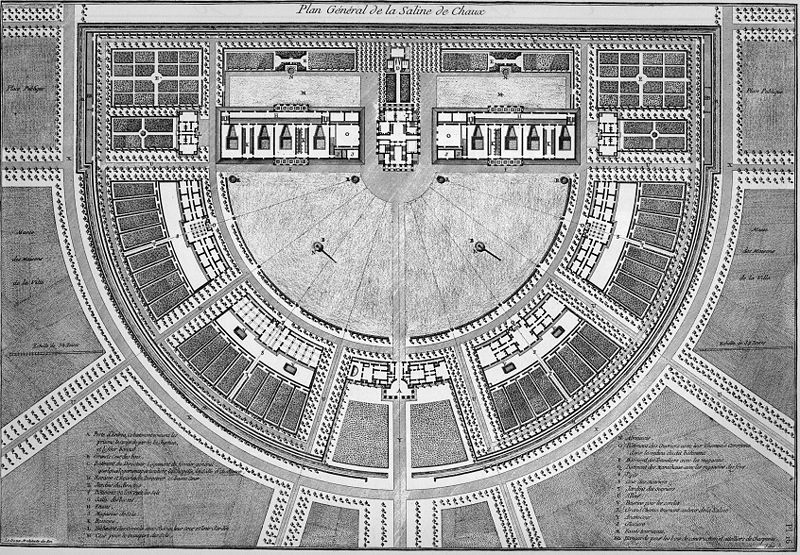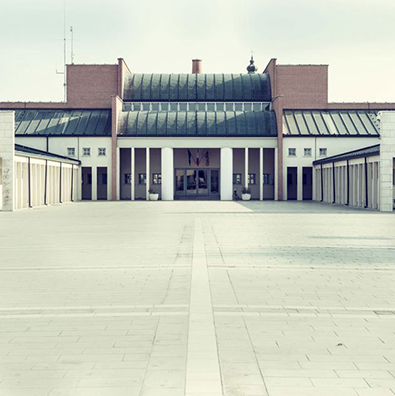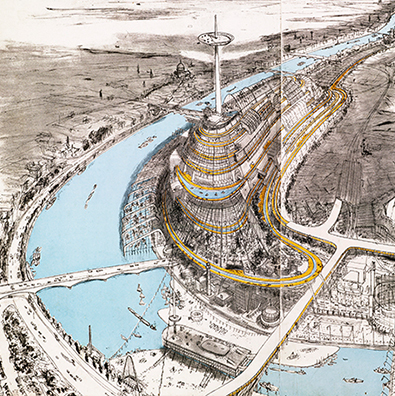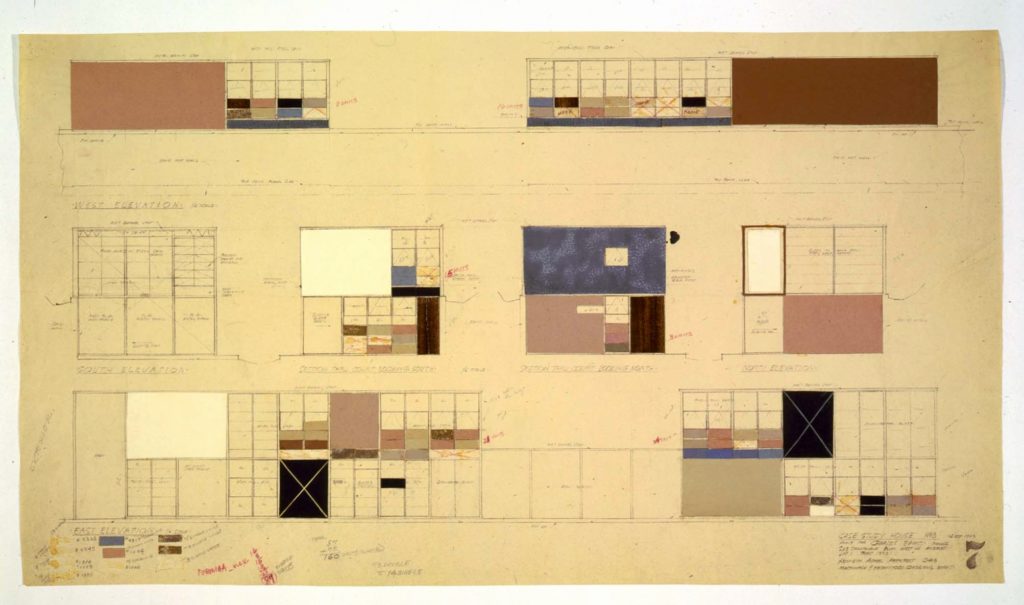Architectural Diagrams
Interior Diagrams
Landscape & Urbanism Diagrams
Parametric Diagrams
Timeline

From now to 2050, Vietnam’s urban population will increase at the rate of 1 million people per year. As the conventional top-down urban planning strategy has proved its impotence in dealing with urban growth, combined with increasing evidence that informal housing clusters provide better energy consumption per capita, communication and urban amenities for low-income households, bottom-up, self-organizing housing strategies need to be considered. If the spontaneously built structures are synchronized with city planning and in tandem with the requirement systems of nature, then the future of cleaner, smarter energy use in cities could be secured. This hypothesis will be carried out by synthesizing energy consumption of housing units, thus helping to estimate the energy input needed. Understanding the nature of expansion units, associated with people’s lifestyles and preferences for spatial settings is imperative for inventing new strategies for designing expanded space. The prospective future of this speculation is to turn rigid planning methodologies into parametric, mutable processes, where citizens have freedom to create their own space according to new design guidelines of “kit of parts,” and at the same time eases the urban concern of safety, hygiene and infrastructural burden. Moreover, turning the design from plan to process implies a better relationship between clients, designers, and contractors, where the role between them can be shifted and framed in a mass customization of the building industry.


